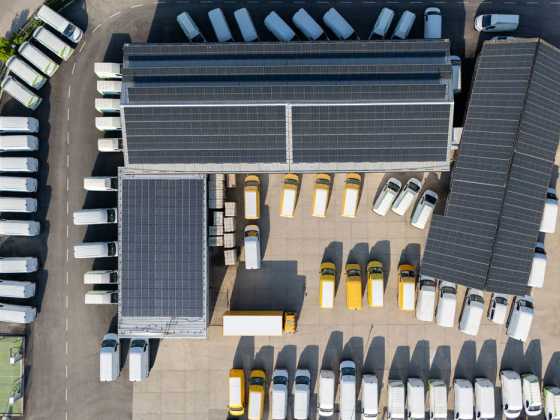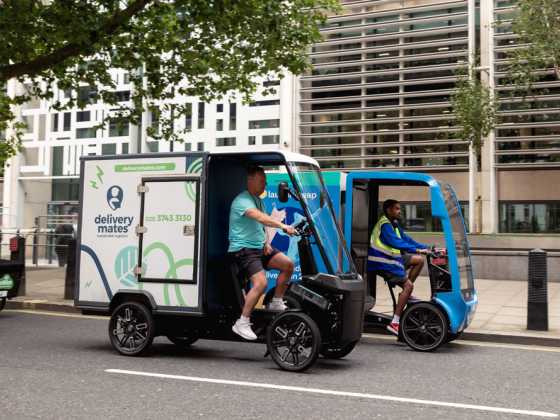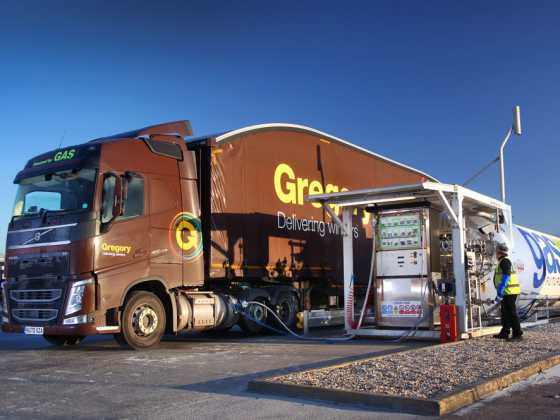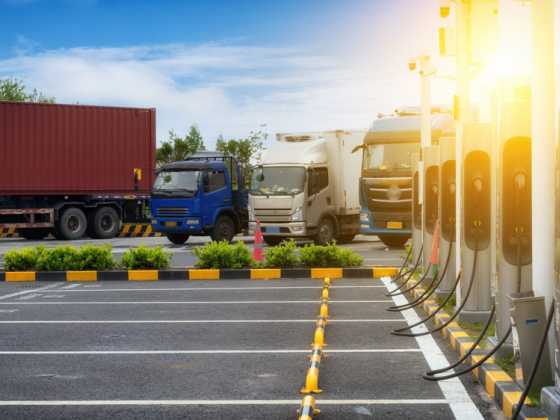Why it’s time to maximise the use of biomethane as a transport fuel
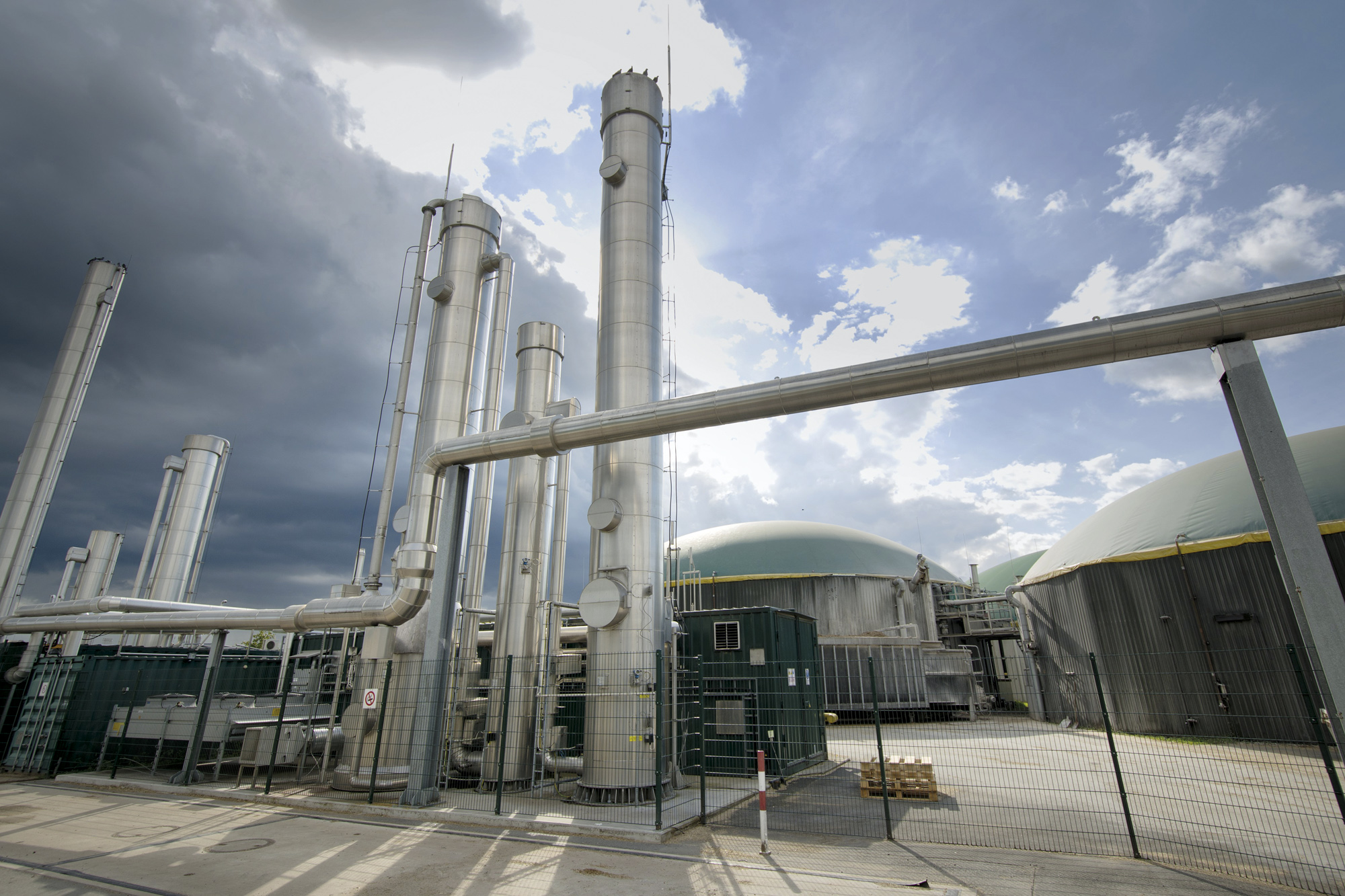
As immediate action is required to avoid climate catastrophe, for HGVs, there is only one mass adoptable fuel and vehicle technology that delivers decarbonisation here and now, and that is biomethane, writes Jon Hughes from the Anaerobic Digestion and Bioresources Association
Over 20 years ago, Finland gave the go-ahead for a nuclear reactor at Olkiuloto. “The application for a new reactor was based primarily on economic criteria, lowest kWh cost and lowest sensitivity to fuel price increases,” according to the World Nuclear Association. The organisation also notes that “Government support was based mainly on climate policy.”
Featuring new safety and engineering features, this new generation reactor was designed to be built rapidly. It was scheduled to come on stream in 2009. It has yet to produce a single kWh, 13 years later than scheduled and 20 years after getting the green light.
The timeframe is critical. The world’s scientists in the run up to and at COP26 put humanity on red alert. The message is clear, we have just 10 years to reduce carbon emissions or bake in warming of 2.7C – a level at which we risk runaway climate change.
Olkiluoto is a sobering tale as the UK government hitches its wagon to decarbonisation options such as nuclear, hydrogen and carbon capture and storage (CCS) – none of which are expected to deliver any meaningful impact at scale within the next 15 to 20 years. To keep warming to below 2C, ideally 1.5C, the world needs to increase its action and cut current greenhouse gas (GHG) emissions by ~50 per cent by 2030.
Time to take action now
Action now is the call. Action tomorrow is the political response. Nowhere is this more apparent than in the transport sector. Transport emissions are the largest contributor to the UK’s GHG emissions, responsible for 27 per cent. And yet, no sector has decarbonised at a slower rate, cutting GHG emissions by just five per cent since 1990.
According to the UK government’s recent Net Zero strategy, this problematic sector can be largely decarbonised with electricity (and hydrogen) despite critical practical and technological barriers – from the lack of generating capacity, storage capability and charging infrastructure, to batteries’ current inability to power heavier modes of transport. Meanwhile, ready-to-use solutions, including biomethane, which currently deliver the greatest carbon savings in the transport sector, continue to be overlooked.
To power everything the government wants to plug-in would require an over 300 per cent increase in renewable electricity generation. It must be renewable, otherwise it wouldn’t be decarbonising any of the sectors. The UK’s renewable electricity generation already fails to cover current demand, let alone the additional energy required to power the transport sector.
And, it must be noted, even before the ink was dry on the government’s transport decarbonisation plan, the Times newspaper reported that rationing was on the cards. It said new regulations would come into force at the end of May 2022, meaning new chargers in the home and workplace will be pre-set to not function from 8am to 11am and 4pm to 10pm, while random 30-minute delays can be imposed if demand becomes too great.
The move will not apply to public chargers and rapid chargers on motorways and A-roads, while shift workers may be able to override the home shutdowns.
A focus on tailpipe emissions
The Department for Transport are overly focused on tailpipe emissions, also known as tank-to-wheel (TTW), as opposed to well-to-wheel (WTW) emissions. Only the latter considers all the emissions incurred from the fuel’s production, transportation, and use. Consequently, with such a strong emphasis on zero tailpipe emissions, the decarbonisation strategy seems to favour fossil-generated electricity, over carbon negative biomethane. This raises an increasingly hot topic, emissions leakage, which basically amounts to passing the parcel.
An electric vehicle (EVs) may well be carbon free but unless it is charged with renewable electricity, carbon is instead spewed out upstream. The transport sector claims the carbon savings, while the wider energy sector suffers. On the face of it, powering vehicles with coal-generated electricity would successfully decarbonise transport, only because it is robbing Peter to pay Paul. The analysis also doesn’t factor in the technological issues associated with electrifying the whole UK fleet of vehicles.
There are further emissions leakage to consider as well, in the mining of the precious minerals, such as cobalt, coltan, copper and nickel, required for the manufacture of electric vehicles and of course lithium for the battery technology, over which China has a stranglehold. These prove ruinous to battery EVs (BEVs) carbon ratings under a WTW analysis. This is the elephant in the room for BEV, alongside the question of where do all the old cars go to die? Are they being offshored, to cities without Clean Air Zones (CAZs) such as Liverpool, or overseas? These issues must be addressed to deliver the desired results.
The issue with HGVs
TTW is a blanket approach that does not recognise the respective needs of each sector. While car and van fleets due to fixed terminus and generally short- to medium-range use make BEV a viable and sensible solution, it does not apply for long haul vehicles such as HGVs, responsible for 17 per cent of total UK transport emissions. The technology does not yet exist to allow for mass adoption, range anxiety and refuelling times remain a big hurdle.
For HGVs, there is only one mass adoptable fuel and vehicle technology that delivers decarbonisation here and now, and that is biomethane.
Yet, biomethane was a clear loser in the government’s decision to convert all road vehicles to zero tailpipe emission ones by 2040. While biomethane HGV emit CO2 from the tailpipe, the fuel may be considered carbon neutral. All carbon in biomethane originates from the atmosphere – CO2 is absorbed by plants via photosynthesis, organic feedstocks are converted to biomethane via anaerobic digestion (AD), and this biogenic CO2 is released when combusted inside an engine. The sustainable carbon cycle is completed.
When biomethane is produced from organic wastes, biomethane can be carbon negative – i.e. greater than 100 per cent emission savings compared to diesel. Treating organic wastes via AD avoids methane emissions, otherwise released when poorly managed organic waste rot. Both the EU’s RED II and California’s Low Carbon Fuels Standard (LCFS) account for these avoided emissions, such that biomethane derived from livestock wastes are shown to be strongly carbon negative.
By treating the UK’s unavoidable organic wastes, biomethane can deliver an immediate 20 per cent cut in GHG emissions by fuelling the HGV, bus and coach sector.
Every HGV fuelled with biomethane will reduce CO2 emissions by over 80 percent when compared to a diesel Euro VI vehicle. This will result in a reduction of 150 tons of CO2 per vehicle annually. Other benefits of biomethane-fuelled HGVs include: >70 per cent less NOX, and 99 per cent less particulate matter
Hermes, the UK’s second largest parcel deliver company, has just increased the size of its bio-CNG fleet to 72, saving 9,600 tonnes of CO2 across the entire fleet. Every tonne of carbon saved today is the equivalent of 30 tonnes in 2050. Clearly, biomethane makes an immediate and positive impact in line with what the science tells us.
It not only makes sense environmentally but also economically. Gas fuel is up to 40 per cent cheaper than diesel, primarily due to the difference in fuel duty. Despite a higher initial capital investment and the typically higher maintenance costs compared to diesel, gas vehicles can provide a ROI within two years with vehicles travelling 160,000 km/year
That is why so many fleets are adopting the fuel. A host of companies outside of Hermes are driving on biomethane – John Lewis, ASDA and Royal Mail to name a few. And a host of cities have adopted biomethane buses for their health and environmental benefits, such as Nottingham and Bristol, while Liverpool recently introduced a fleet of biomethane-fuelled refuse collection vehicles.
Current production of biomethane could fuel eight per cent of the HGV fleet. At its full potential, biomethane could fuel 97 per cent of the fleet. There are over 520,000 HGVs in the fleet; if all turned to biomethane that would be over 24,000,000 tonnes of carbon emissions avoided. This could be achieved by 2030.
Not only could it be achieved, it must be achieved if the government is to make good on its commitment to the Global Methane Pledge to cut methane emissions from human activity by 30 per cent against 2020 levels by 2030 – and introduce mandatory food waste collections from 2023.
The government needs to rethink and reset its approach to the transport sector. As with all sectors, there is no one solution.

